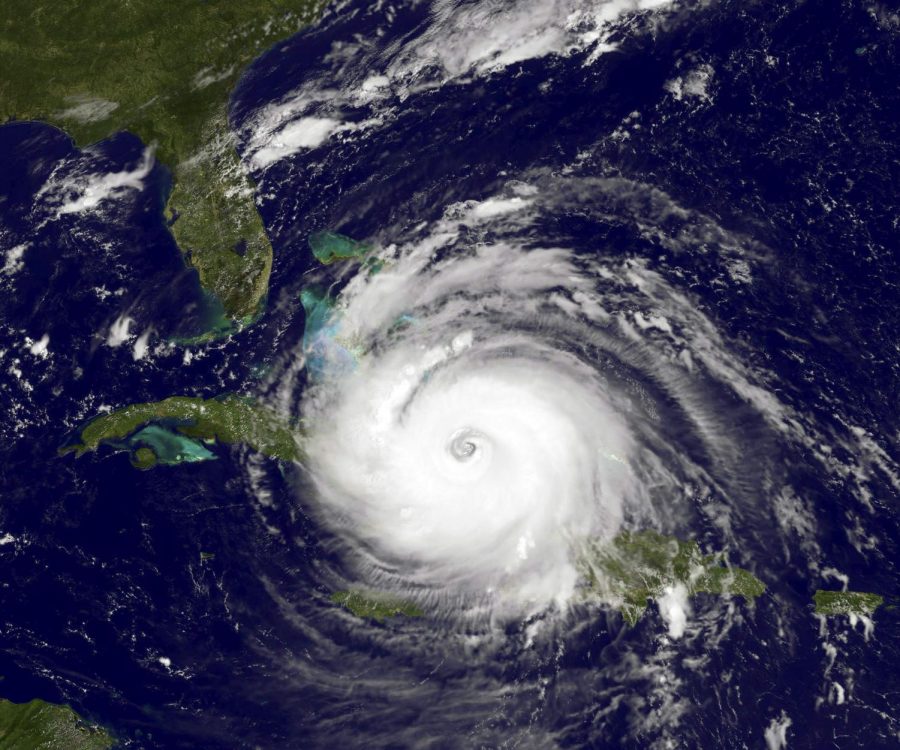Hurricanes and Climate Change
In recent decades, with the exploitation of fossil fuels found in reservoirs deep in the Earth, the Earth’s temperature has risen. This burning of fossil fuels emits greenhouse gasses, like methane and carbon dioxide, into the atmosphere, which traps heat from the Sun’s rays. Consequently, this contributes to a gradual increase in temperature of the Earth’s atmosphere and, even more so, its oceans. From this, hurricanes have become much more powerful and prevalent in recent years. This strength is shown with recent hurricanes such as Hurricane Harvey, Maria, and Sandy.
Hurricanes are destructive powerhouses, with the capacity to unleash triple-digit wind speeds, dump out millions of gallons of precipitation, and are equivalent in power to tens of thousands of nuclear bombs. Hurricanes use warm, humid air as fuel and only form near the equator or near tropical areas where warm water is present. As warm, moist air rises up away from the warm ocean surface, it creates a space of low pressure, which then causes normally pressurized air to rush in to fill this gap, causing small storms that begin to rotate around, powerfully churning large amounts of ocean water and gusting wind with it.
Thus, with global warming heating up the temperatures of this ocean water and surrounding air, hurricanes are starting to become stronger and occur more often. Studies predict that, in the Atlantic Basin, there might be a fifty-percent increase in occurrence of Category 4 and 5 hurricanes, the most powerful hurricanes, and wind speeds may increase by two to eleven percent in future decades.
Rising sea levels may also attribute to severe coastal damage due to flooding; this was displayed when Hurricane Sandy caused $65 billion in coastal destruction in 2012 to New York, New Jersey, and Connecticut. Additionally, the average occurrence of hurricanes in the Atlantic Basin alone has increased in recent years. Recent studies also show precipitation amounts to increase by ten to fifteen percent in hurricanes, making severe flooding and rainfall more of a threat; this was witnessed with Hurricane Harvey in Texas in 2017.
While climate change of the atmosphere and oceans is occurring at a rapid rate, nations around the world have taken measures to help hinder this process. In 2015, in accordance with the United Nations Framework Convention on Climate Change, the Paris Agreement was signed by ~200 nations, and is set to start in 2020. This coalition aims to finance lessening of greenhouse gas emissions that cause anthropogenic global warming. This pact seeks to do so by keeping the net temperature increase of the world under two degrees Celsius and to regulate financial support toward lowering greenhouse gas emissions. However, the U.S., under the Trump administration, recently pulled out of the Paris Agreement. As the U.S. is one of the highest producers of the greenhouse gasses, pulling out of the Paris Agreement will directly affect global warming, and thus, allow global warming to aggravate destructive hurricanes in the future.







